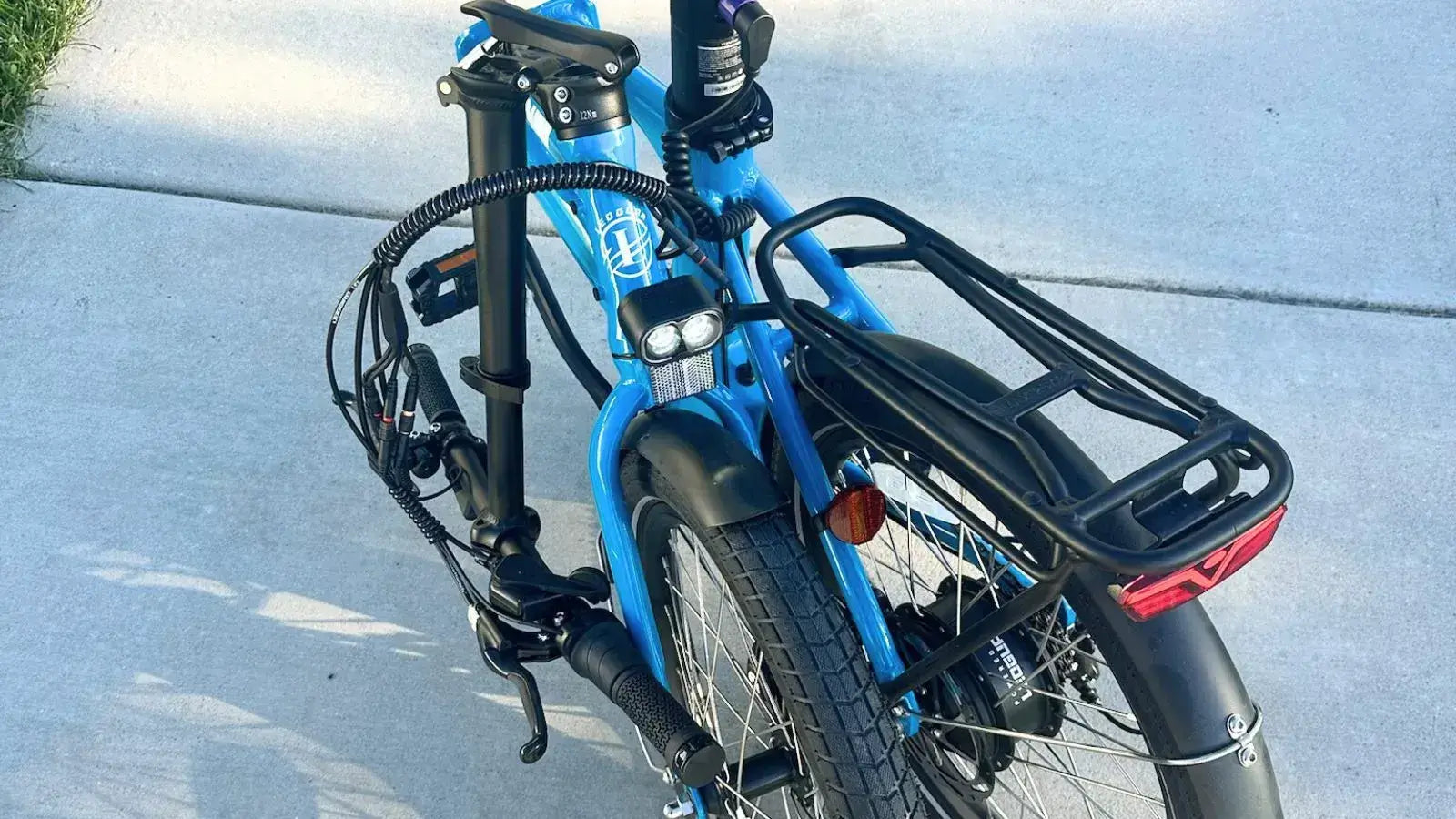
How to Lock Folding Bike: Security Tips for E-Bikes
Why Folding E-Bikes Need Special Security
Folding e-bikes bring amazing convenience to your daily rides. You can zip through busy streets, fold your bike quickly, and carry it onto trains or into your workplace without hassle. But this great portability creates a big worry for most owners: theft. A folding e-bike represents a major investment in both technology and personal transportation that goes far beyond a regular bicycle.
The special design that makes these bikes so useful also creates specific weak spots that thieves know how to target. Standard bike security advice often misses the mark because it doesn't account for the unique features that define a quality folding model. This guide will show you exactly how to protect your investment using the right locks, proper techniques, and smart storage strategies. We'll cover what makes the best folding ebike secure, so you can ride and store your bike with complete peace of mind.
Understanding Your Bike's Weak Points
Every folding e-bike has specific vulnerabilities that differ from regular bicycles. Smart thieves know these weak spots and target them directly, which means generic security advice often falls short. Understanding these points gives you the foundation for building a strong security plan.
Folding Mechanisms as Targets
The hinges and clasps that let your bike fold are complex mechanical parts. While quality folding e-bikes have incredibly strong and reliable folding systems, thieves might see them as easier targets than solid frame tubes. Direct attacks on hinges are rare with good bikes, but this vulnerability should influence your locking strategy.
Quick-Release Parts
Most folding bikes use lots of quick-release levers for convenience. Seats, handlebars, and wheels can often be removed in seconds without any tools, making them easy targets for thieves. They might not steal your whole bike, but they can walk away with expensive parts like your saddle, a wheel, or the entire handlebar setup.
Portability Creates Risk
Your bike's light weight and compact size can work against you in theft situations. A determined thief might not waste time trying to break your lock on a busy street - they could simply grab the whole bike and throw it into a van. This "snatch-and-run" risk is much higher for a 50-pound folding e-bike than for a heavy, full-sized bicycle.
High-Value Electronic Components
The battery and motor are the most expensive parts of your e-bike. Most folding e-bikes have removable batteries, which makes them prime targets because of their high replacement cost and easy resale value. Leaving your bike locked outside with the battery attached is like leaving money on the table, even if the frame itself is properly secured.
Selecting the Right Locks
Your lock serves as your primary defense against theft. For an investment like a folding e-bike, a cheap cable lock from a department store provides almost no real protection. Security experts recommend spending 10-15% of your bike's value on quality locks and security equipment.
Look for locks with independent security ratings from organizations like Sold Secure (UK) and ART (Netherlands). These groups provide unbiased, real-world testing using the same tools that thieves actually use. For e-bike protection, choose locks rated at least Sold Secure Gold or ART 3-star, as these have proven they can withstand sustained attacks.
| Lock Type | Security Level | Portability | Flexibility |
|---|---|---|---|
| Folding Lock | Medium to High | Excellent | Good |
| D-Lock (U-Lock) | High to Maximum | Good | Low |
| Chain Lock | High to Maximum | Low | Excellent |
| Cable Lock | Very Low | Excellent | Excellent |
High-Security Folding Locks
Folding locks make perfect sense for folding bikes. These locks use hardened steel plates connected by strong rivets, and they fold into a compact brick that's easy to carry. Top brands like Abus and Foldylock offer excellent models with proven track records.
The main advantages include the best balance of security, portability, and flexibility for daily use. Their shape allows them to secure to a wider variety of objects than rigid D-locks, and most come with silent, secure frame-mounted carrying cases. However, the rivets that allow folding can be potential weak points against determined thieves with powerful tools, though high-end models have robust rivet protection.
Heavy-Duty D-Locks
The D-lock (also called a U-lock) remains the classic choice for maximum security situations. It consists of a solid steel shackle and crossbar, with brands like Kryptonite and Abus leading the industry. D-locks often provide the highest security level for their price point, and their simple, solid design has fewer potential weak points than other lock types.
Mini D-locks offer a great compromise between high security and lighter, more portable packages. The main drawback is their rigidity - the fixed shape limits what you can lock your bike to, sometimes making it difficult to secure both frame and wheel to thick posts or awkwardly shaped bike racks.
High-Quality Chain Locks
Heavy-duty chain locks consist of hardened steel links paired with strong padlocks. They represent a formidable security solution when you need maximum flexibility. Their primary advantage is the ability to secure your bike to almost anything - thick lamp posts, multiple bikes together, or large railings.
You can easily loop a chain through the frame and both wheels for complete protection. However, high-quality chains are extremely heavy and bulky, making them impractical for daily commuting with a portable folding bike. We recommend chains primarily for stationary security in home garages or dedicated office bike storage areas.
Locks to Avoid
Never rely on cable locks to secure your folding e-bike's frame. Basic cable locks can be cut in seconds with simple bolt cutters available at any hardware store. Cable locks should only serve as secondary deterrents, perhaps to secure a helmet or quick-release saddle to your primary lock.
Similarly, avoid weak, uncertified combination locks. Their mechanisms can often be easily defeated by thieves who know common techniques. Stick with key-operated locks from reputable manufacturers with proper security certifications.
Mastering Proper Locking Techniques
Owning a great lock is only half the security equation. Even the most expensive lock becomes useless if you don't use it correctly, so proper technique is crucial for maximizing protection and deterring thieves. Your goal is making your bike look like a difficult, time-consuming target that smart thieves will skip.
The Golden Rule of Bike Security
Always lock your frame and at least one wheel to a solid, immovable object. The frame represents the most valuable part of your bike, so it must be your primary focus. A common mistake is locking only the front wheel to a rack - thieves can simply remove the wheel and walk away with everything else.
Choose dedicated, cemented-in-place bike racks as your ideal anchor points. Avoid "sucker poles" (posts that aren't securely bolted down) and street signs, as thieves can sometimes lift bikes up and over them. As confirmed by locking best practices from security experts, securing the main frame must always be your top priority.
The Double Lock Strategy
For maximum security, especially during extended parking periods, use two different types of locks. This strategy forces thieves to carry and use two different tool types, requiring much more time and effort than they usually want to spend. For example, use a D-lock to secure the rear wheel and frame to the bike rack, then add a folding lock to secure the front wheel to the frame.
This approach follows official police advice on bike security by creating multiple obstacles for potential thieves. Most opportunistic thieves will move on to easier targets rather than deal with multiple high-quality locks requiring different tools to defeat.
Protecting Valuable Components
Your locking strategy must account for the expensive, removable parts that make folding e-bikes attractive to thieves.
Battery security is simple but critical: always take your removable battery with you. Never leave it attached to the bike when unattended, regardless of how quick your stop might be. It takes only seconds to unlock and remove, making it the easiest expensive component for thieves to steal.
For quick-release seats and wheels, you have several options. You can take the saddle with you, replace quick-release clamps with standard bolt-on versions, or use security skewers that require special keys. For wheel security, loop a secondary cable through your primary lock, or ensure your D-lock or folding lock passes through wheels as well as the frame.
Real-World Locking Scenarios
Different situations require different security levels based on time, location, and risk factors.
For quick 5-minute stops where the bike stays in your sight, use your primary lock to secure the frame to a solid rack or post. This quick setup provides sufficient deterrent against casual, opportunistic thieves who look for completely unlocked bikes.
All-day parking situations require maximum security effort using the double-lock method described above. Secure the rear triangle and rear wheel to a sturdy rack with a Gold-rated D-lock, then use a second lock for the front wheel. Always remove your battery and any easily detachable accessories like lights or computers.

Smart Storage Solutions
Indoor storage represents the most effective theft prevention for folding e-bikes. The ability to store your bike inside is one of the greatest security advantages these bikes offer over traditional bicycles. Whenever possible, keep your bike inside with you rather than locked outside.
Home Storage Security
Your home provides the safest environment for your folding e-bike. Store it inside your house or apartment rather than in common building hallways, unsecured parking areas, or shared storage sheds that frequently attract thieves. Even inside your home, consider using a ground or wall anchor if you live in shared housing or have concerns about break-ins.
Office Storage Strategies
This is where folding e-bikes truly excel over regular bicycles. Instead of worrying about your bike all day while it's locked outside, fold it up and bring it to your workspace. Most folding e-bikes compact enough to fit under desks or in storage closets without causing problems.
If your workplace has policies against bringing bikes inside, have a conversation with your manager or HR department. Explain that your bike represents a valuable transportation investment and key part of your sustainable commute. Most reasonable employers will make exceptions for clean, compact folded bikes that don't disrupt the workplace.
Vehicle Storage Considerations
Storing a folding e-bike in your car creates some security risks you should understand. Cars make easy targets for break-ins, especially when valuable items are visible inside. If you must leave your bike in a vehicle for any length of time, never leave it in plain sight.
Cover it with a blanket or store it in the trunk away from windows. For SUVs or vans, consider using a chain lock to secure the bike to interior cargo anchor points for added protection against theft.
Building Layered Security Systems
Professional thieves target bikes that look like easy, quick scores. The key to real peace of mind is making your folding e-bike appear as difficult and time-consuming a target as possible. This requires a layered security approach that combines physical locks with electronic deterrents and proper registration.
The 3-2-1 Security Framework
We've developed a simple, memorable system for comprehensive folding e-bike security called the 3-2-1 Rule.
Use 3 locking points whenever possible: secure the frame, rear wheel, and front wheel to ensure complete bike protection. Employ 2 different lock types (like a D-lock plus a folding lock) to force thieves to carry multiple tools and spend more time. Add 1 electronic deterrent such as a motion-activated alarm or hidden GPS tracker for an extra security layer.
Technology-Based Security
Modern GPS trackers and alarm systems offer powerful new tools for bike protection. Small, concealable GPS devices (including dedicated bike trackers or discreetly hidden Apple AirTags) won't prevent initial theft but dramatically improve recovery chances. Motion-sensing alarms attach to your bike and emit loud sounds when disturbed, drawing attention and scaring away most thieves.
These electronic deterrents work best as part of a complete security system rather than standalone solutions. They complement good locks and smart storage practices rather than replacing them.
Registration and Insurance Protection
Register your folding e-bike's serial number with national databases like Bike Index immediately after purchase. This free service creates public ownership records that provide crucial proof if your bike gets stolen and later recovered. Police and bike shops often check these databases when they encounter suspicious bikes.
Check your homeowner's or renter's insurance policy for bike coverage, though there may be value limits that don't cover expensive e-bikes. For high-value folding e-bikes, specialist insurance policies often provide better coverage for theft, damage, and liability than standard home insurance.
Maintaining Your Security Equipment
High-security locks are precision equipment that need minimal but regular maintenance to function reliably for years. A seized or failing lock creates a security risk and could leave you stranded with an unusable bike.
Regular Cleaning
Wipe down your lock periodically to remove dirt and grime, paying special attention to keyholes and locking mechanisms. For particularly dirty locks, use a cloth with a bit of degreaser to remove built-up grime. Clean locks function more smoothly and last longer than neglected ones.
Proper Lubrication
Apply suitable lubricant to internal mechanisms every few months, or more often if you ride in wet conditions. Avoid oil-based lubricants like WD-40, as they attract dirt and can gum up delicate lock mechanisms. Instead, use teflon or graphite-based spray lubricants designed for locks.
A quick spray into the keyhole and onto shackle ends keeps everything moving smoothly. Proper lubrication prevents keys from sticking and mechanisms from seizing at critical moments.
Storage Best Practices
Use the frame mount that came with your lock while riding to keep it secure and prevent damage. When locking up, avoid leaving locks lying on wet pavement where they collect moisture and dirt. Proper storage extends lock life and ensures reliable operation when you need it most.
Riding with Complete Confidence
Securing your folding e-bike effectively isn't about finding one perfect solution. Success comes from building a smart, layered security system that combines quality hardware with consistent good habits. Understanding your bike's unique vulnerabilities and addressing them proactively transforms it from an easy target into one that thieves will avoid.
The most critical actions for folding e-bike security include investing in at least one high-quality, certified lock rated Sold Secure Gold or higher. Always lock your frame and at least one wheel to truly immovable objects using proper technique. Leverage your bike's greatest advantage by folding it and storing it indoors whenever possible.
Add security layers like second locks, GPS trackers, and registration with bike databases for complete protection. With these strategies in place, you can enjoy the freedom and convenience your folding e-bike was designed to provide without constant worry about theft.
Frequently Asked Questions
Q: How much should I spend on locks for my folding e-bike?
A: Security experts recommend spending 10-15% of your bike's value on quality locks and security equipment. For a $2,000 folding e-bike, plan to invest $200-300 in proper security gear including at least one Gold-rated lock.
Q: Can I use the same locking strategy for my folding e-bike as a regular bike?
A: No, folding e-bikes have unique vulnerabilities like quick-release components, removable batteries, and lightweight portability that require specialized security approaches. Standard bike security advice often misses these critical factors.
Q: Is it safe to leave my folding e-bike locked outside overnight?
A: Avoid leaving any e-bike locked outside overnight if possible. The combination of darkness, extended time, and high component values makes overnight outdoor parking extremely risky. Use indoor storage whenever you can.
Q: What should I do if my workplace won't let me bring my folded bike inside?
A: Have a professional conversation with management explaining that your folding e-bike is a valuable transportation investment that folds into a compact, clean package. Most employers will make reasonable accommodations for sustainable commuting when approached properly.
Q: Are GPS trackers worth the investment for folding e-bike security?
A: GPS trackers provide excellent value as part of a complete security system. While they won't prevent theft, they dramatically improve recovery chances and can help police locate stolen bikes. Use them alongside quality locks, not as replacements for proper locking techniques.



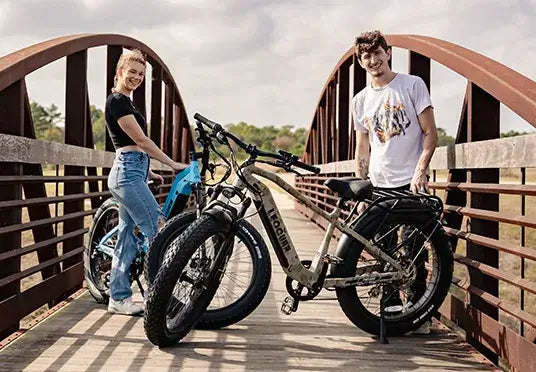
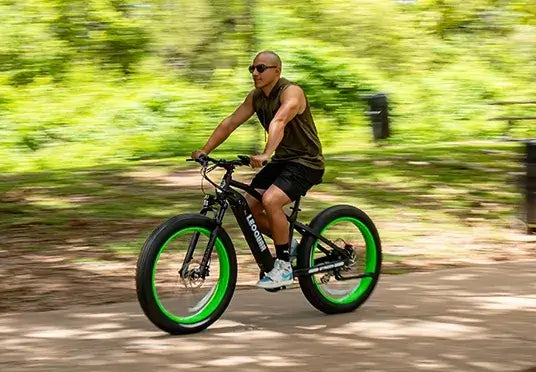

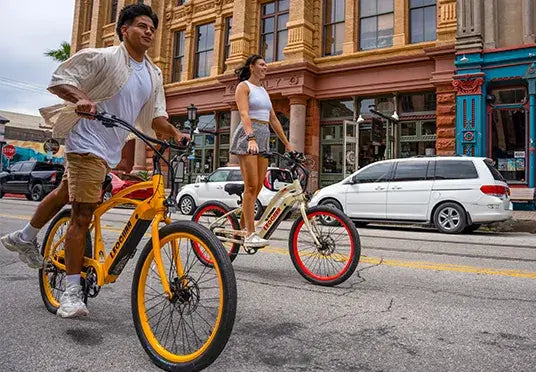
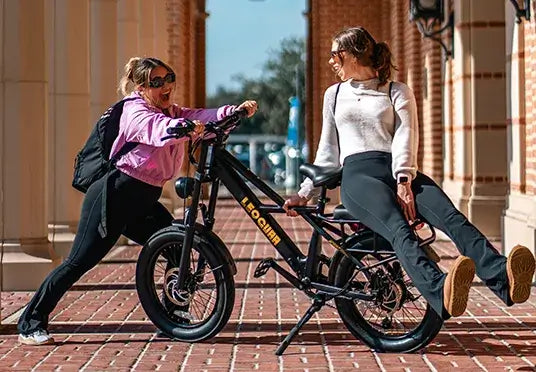
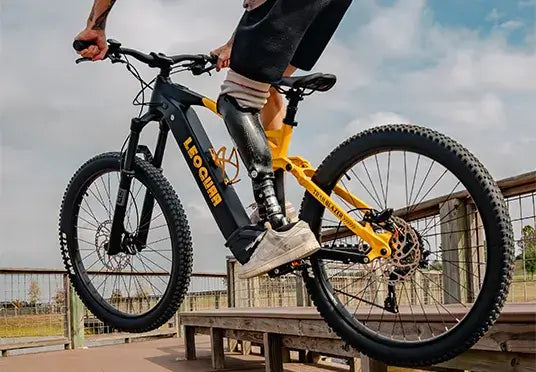
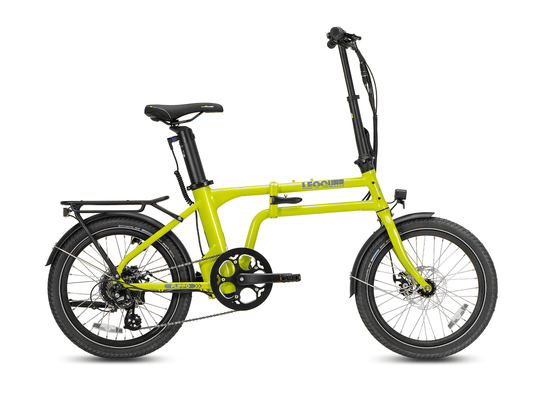
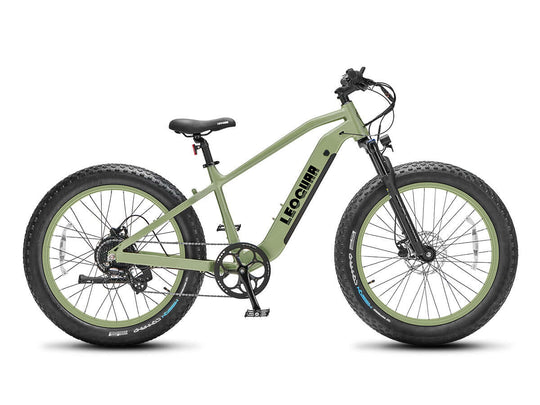
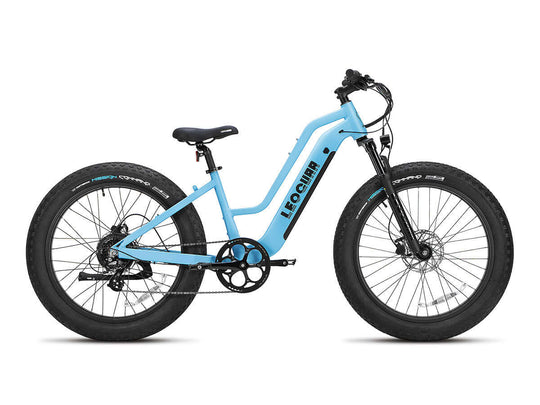
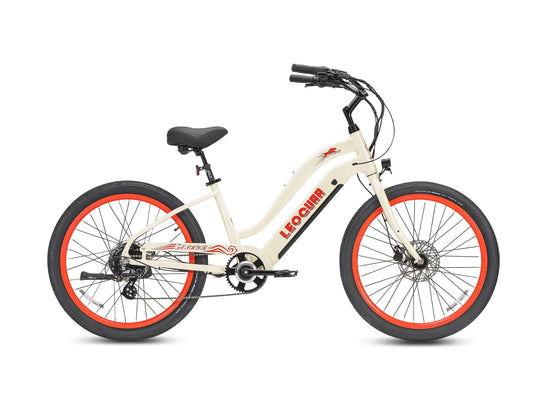
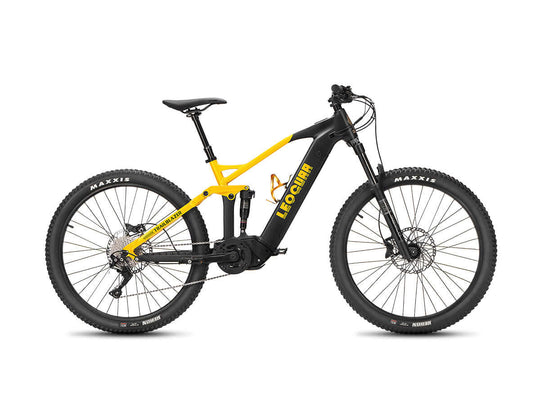
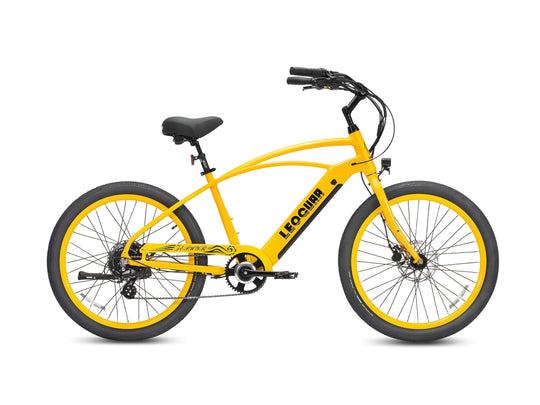
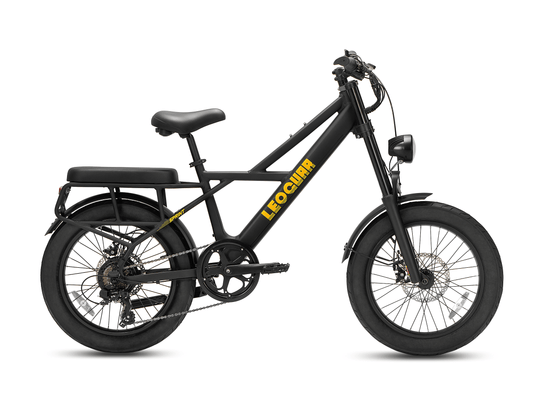

















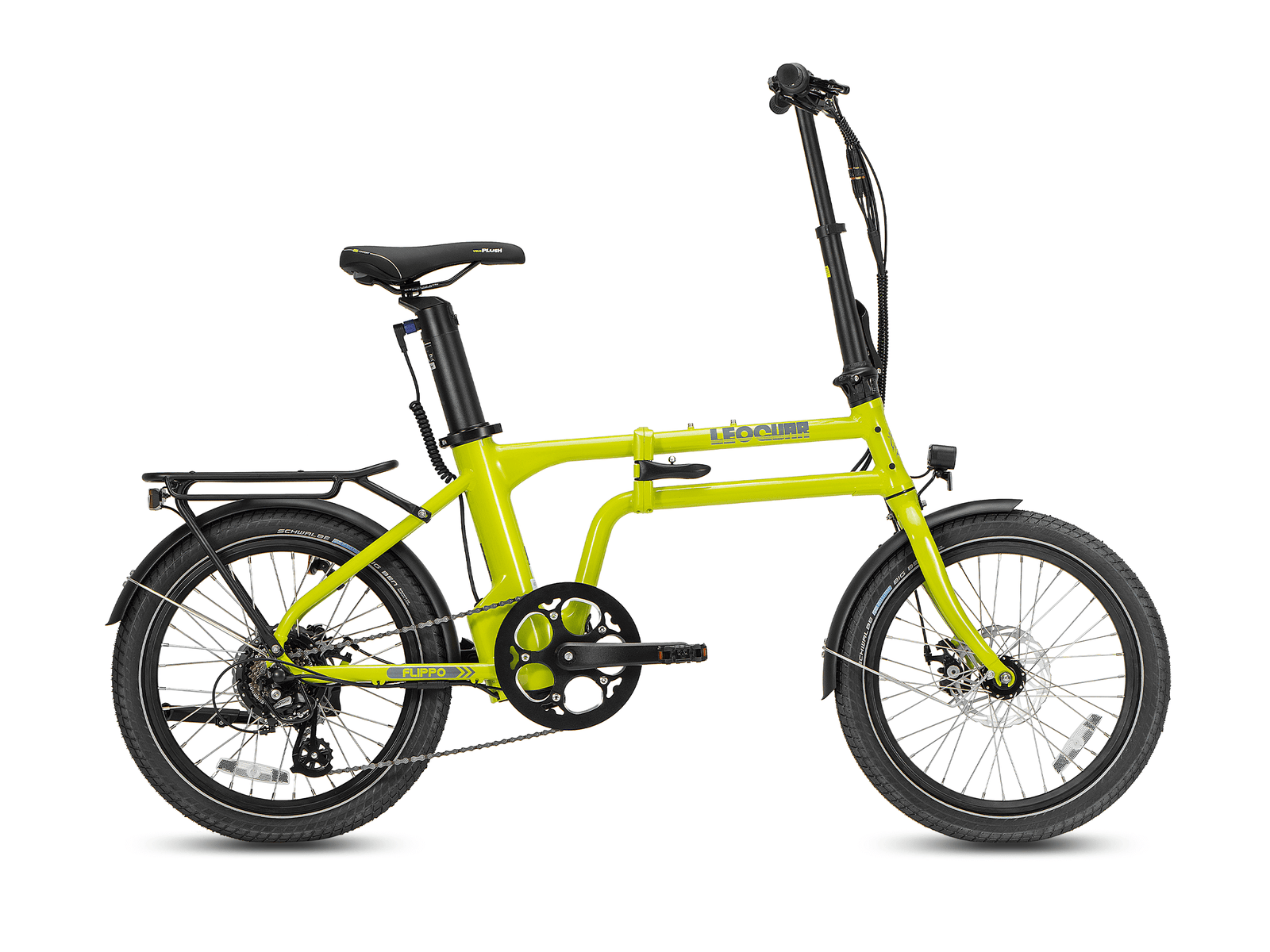








Leave a comment